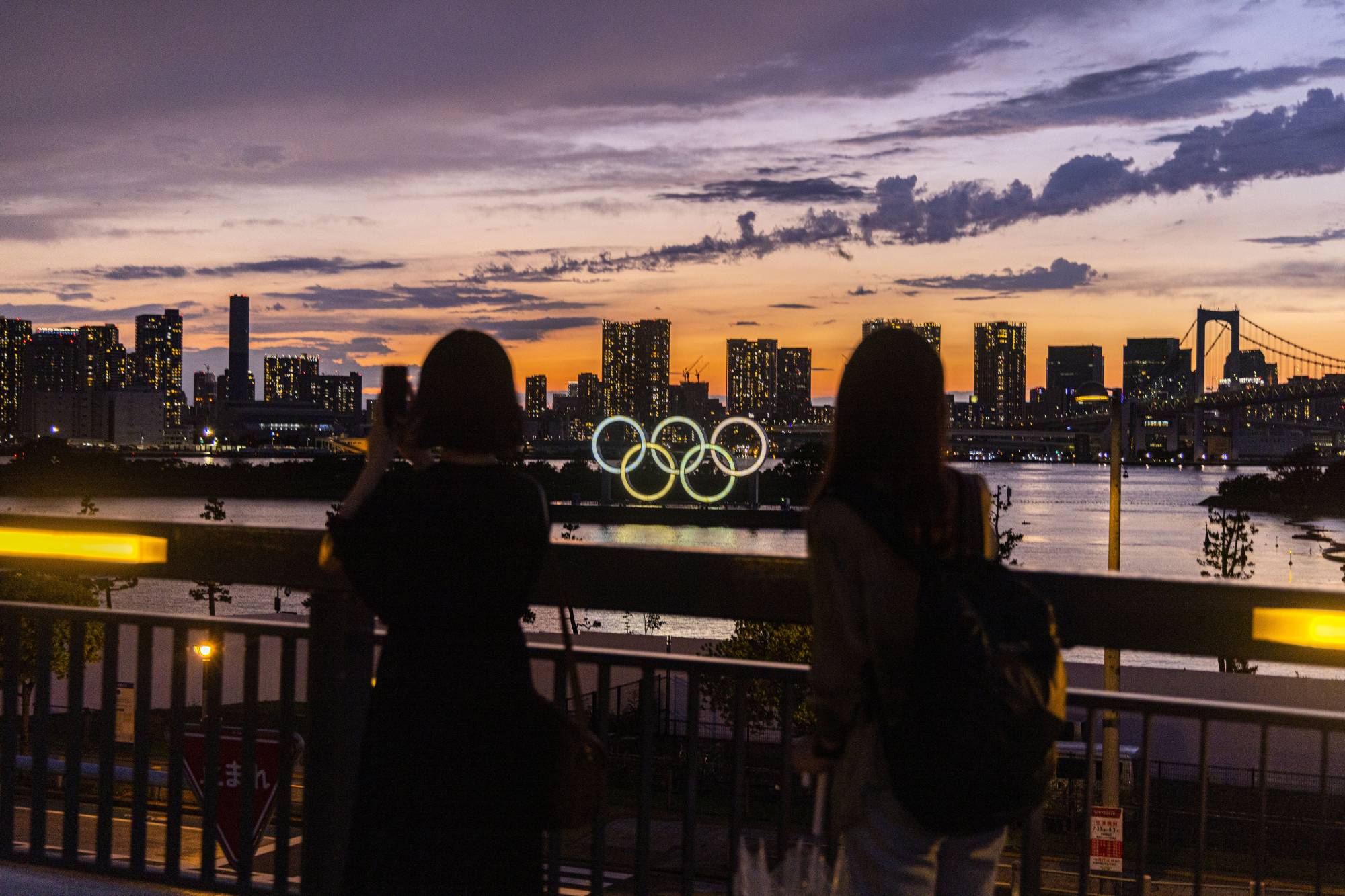In the middle of the night nearly two years ago, construction crews gathered near Sensoji, Tokyo’s oldest Buddhist temple and a popular tourist site. The streets were empty, the air was sultry and the workers hoped it would not rain. Machines rumbled to life.
It was a little thing, barely noticed. But it was a sign of the sometimes futile and farcical lengths taken to put on the biggest show in sports.
More than 1,000 Japanese had died of heat-related causes in July and August of 2018 and 2019, and several Olympic test events in Tokyo had made athletes ill and had scuttled schedules. Drastic measures for the upcoming Olympics were required.

















With your current subscription plan you can comment on stories. However, before writing your first comment, please create a display name in the Profile section of your subscriber account page.